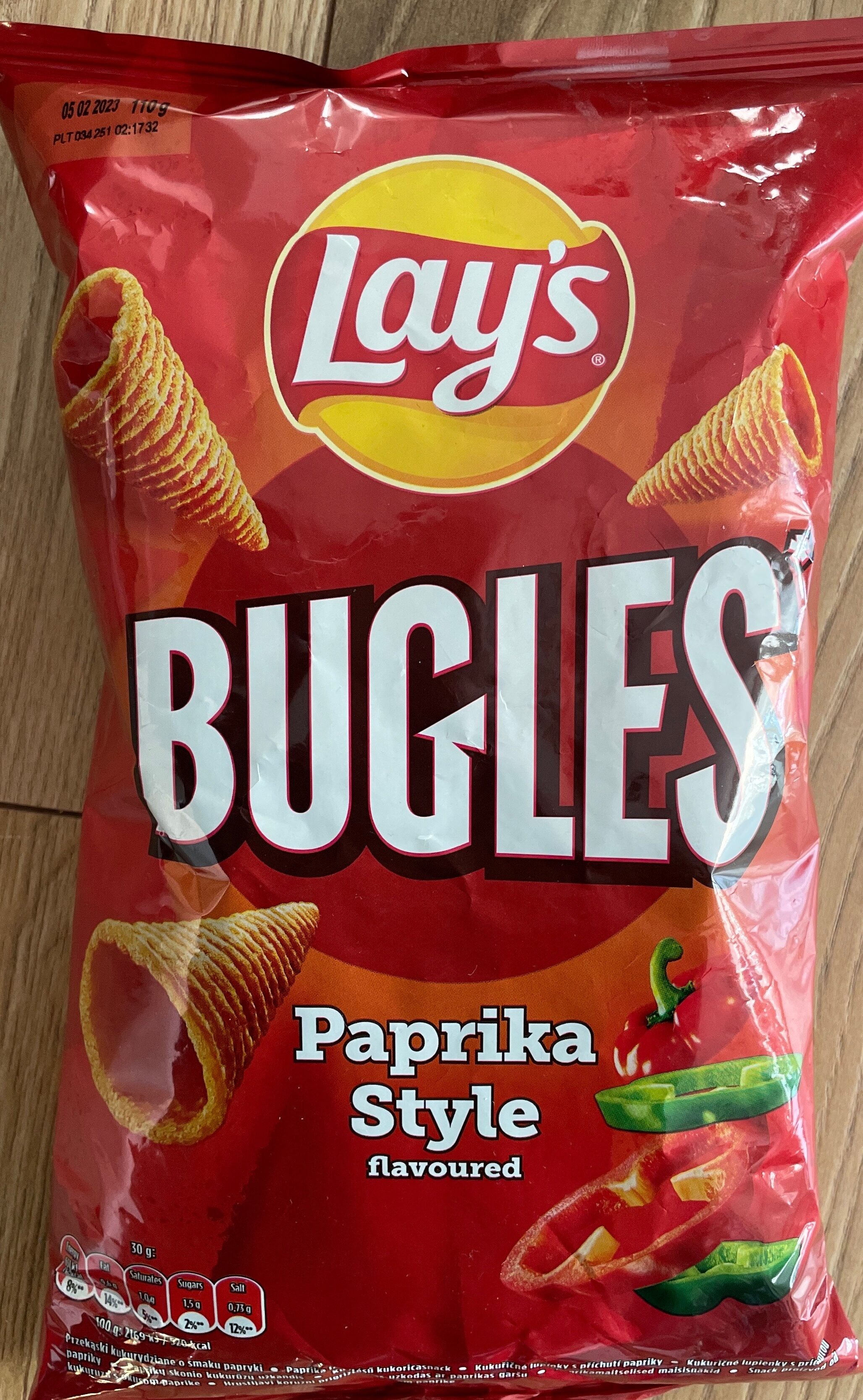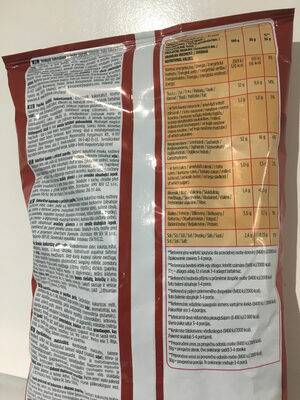Bugles paprika style - Lay's
This product page is not complete. You can help to complete it by editing it and adding more data from the photos we have, or by taking more photos using the app for Android or iPhone/iPad. Thank you!
×
Barcode: 5900259122698 (EAN / EAN-13)
Common name: Chipsy kukurydziane paprykowe
Brands: Lay's
Categories: Snacks, Salty snacks, Appetizers, Chips and fries, Crisps, Corn chips
Countries where sold: Poland












